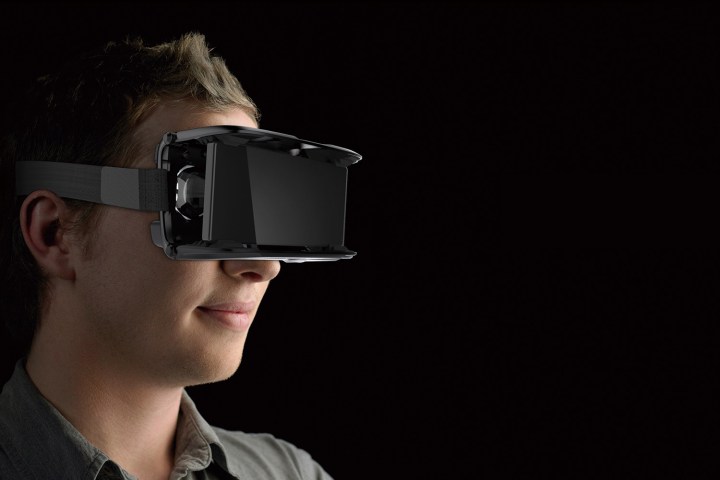
The University of London and the Catalan Institution for Research and Advanced Studies (ICREA) conducted the study with 15 patients, ages 23-61, over the course several weeks. The therapy begins with the patient wearing a VR headset to see their virtual body in a mirror. Seeing this body move in the same direction as their own body helps the patient create an illusion that this body is their own, called “embodiment.”
While patients are “embodied,” they are trained to be compassionate towards an agitated child. During the study, the child appeared to have stopped crying while the patient was speaking, giving positive feedback to the compassionate gesture. A few minutes into the therapy session, patients saw themselves embodied in the virtual child and saw an adult avatar delivering the same compassionate words and gestures to them.
This eight-minute scenario was repeated three times for a period of three weeks. Nine out of those 15 patients reported reduced depressive symptoms a month after the therapy was completed, with only four stating they experienced a clinically significant drop in severe depression.
“People who struggle with anxiety and depression can be excessively self-critical when things go wrong in their lives,” says Chris Brewin, Professor at UCL Clinical. “In this study, by comforting the child and then hearing their own words back, patients are indirectly giving themselves compassion. The aim was to teach patients to be more compassionate towards themselves and less self-critical, and we saw promising results. A month after the study, several patients described how their experience had changed their response to real-life situations in which they would previously have been self-critical.”
Professors hope to conduct the study in a larger scale for the future to determine the clinical benefit.


